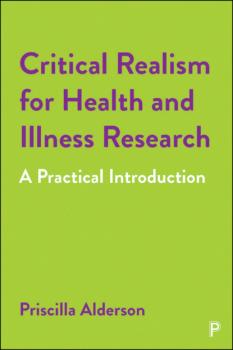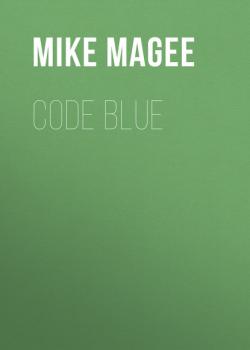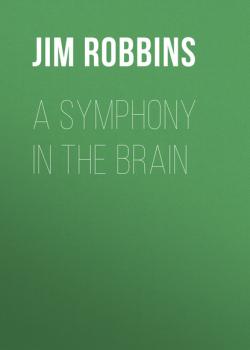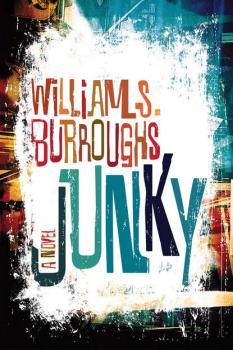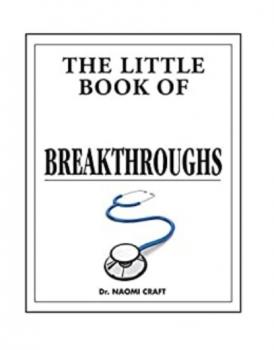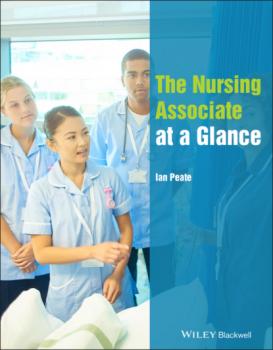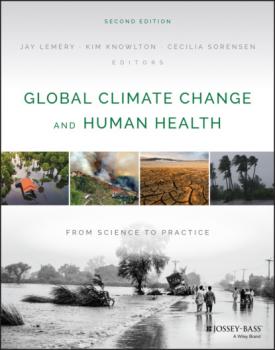ТОП просматриваемых книг сайта:
Медицина
Различные книги в жанре Медицина, доступные для чтения и скачиванияАннотация
Critical realism, as a toolkit of practical ideas, helps researchers to extend and clarify their analyses. It resolves problems arising from splits between different research approaches, builds on the strengths of different methods and overcomes their individual limitations. This original text draws on international examples of health and illness research across the life course, from small studies to large trials, to show how versatile critical realism can be in validating research and connecting it to policy and practice. To meet growing demand from students and researchers, this book is based on the course at UCL, first taught by Roy Bhaskar, the founder of critical realism.
Аннотация
For the first time, Code Blue presents the dramatic story of how our Medical Industrial Complex was built, while exploring why Americans pay way more for healthcare than any developed country in the world—and get far worse results. Mike Magee’s narrative rivals the best of Michael Lewis in its clarity, authority, and compulsive readability. This is essential reading for every American concerned with his or her health and the health of the nation. Magee explains American healthcare’s original sin: when establishing our system, health and political leaders prioritized profit over good health results; cure over care; and quixotically conquering disease over improving the social, cultural, and environmental conditions that in huge ways determine the health of our citizenry. While we established our profit-first system for our citizens, our military designed single-payer systems focused on care, not cure, for our defeated enemies in World War II, Germany and Japan—the system we ought to have in the United States. Statistics are compelling; here are two: 1) American children are almost twice as likely to die in the first five years of life than British, German, Canadian, and Japanese children—all countries which have single payer, multi-plan systems. 2) The U.S. healthcare lobby is four times as large as that run by the U.S. defense industry. Mike Magee is a distinguished doctor, hospital administrator, and former executive of Pfizer. He has spent the last ten years unraveling how our healthcare system was built and the complexity of its operation. Code Blue is the remarkable culmination of that decade of research.
Аннотация
A Newly Revised and Expanded EditionIn the decade since Jim Robbins’s A Symphony in the Brain was first published, the control of our bodies, brains, and minds has taken remarkable leaps. From neurofeedback with functional magnetic resonance imaging equipment, to the use of radio waves, to biofeedback of the heart and breath, and coverage of biofeedback by health insurance plans, the numerous advances have driven the need for a revised edition to this groundbreaking book that traces the fascinating, untold story of the development of biofeedback.Discovered by a small corps of research scientists, this alternative treatment allows a patient to see real-time measurements of their bodily processes. Its advocates claim biofeedback can treat epilepsy, autism, attention deficit disorder, addictions, and depression with no drugs or side effects; bring patients out of vegetative states, even improve golf scores or an opera singer’s voice. But biofeedback has faced battles for acceptance in the conservative medical world despite positive signs that it could revolutionize the way an incredibly diverse range of medical and psychological problems are treated. Offering a wealth of powerful case studies, accessible scientific explanations, and dramatic personal accounts, Robbins remarkable history develops our understanding of this important field.
Аннотация
Will Self is one of the most important British novelists of his generation, and he is as acclaimed in the UK for his outstanding, daring journalism as he is for his fiction. Now finally available in America, Junk Mail is an original selection of pieces from Self's nonfiction and journalism that will introduce American readers to Self as a literary journalist par excellence.Animated by the scathing brilliance and unflinching determination to walk the road less traveled, Junk Mail is an often irreverent trawl through a landscape of drugs, culture, art, literature, and current events — topics Self illuminates with a keen and entirely original eye. We follow Self into the operation of an upstanding crack dealer, behind the myth of the «pragmatist» approach to drug legalization on the streets of Amsterdam, and to lunch with Indian author Salman Rushdie. Whether he is writing about bad boy British artist Damien Hirst, how literary renegade William Burroughs has changed our outlook on art and intoxication, or what the current state of transsexuality has to say about gender for all of us, this is a lively and necessary anthology from one of the defining voices of our times.
Аннотация
Junk is not, like alcohol or a weed, a means to increased enjoyment of life. Junk is not a kick. It is a way of life.In his debut novel, Junky, Burroughs fictionalized his experiences using and peddling heroin and other drugs in the 1950s into a work that reads like a field report from the underworld of post-war America. The Burroughs-like protagonist of the novel, Bill Lee, see-saws between periods of addiction and rehab, using a panoply of substances including heroin, cocaine, marijuana, paregoric (a weak tincture of opium) and goof balls (barbiturate), amongst others. For this definitive edition, renowned Burroughs scholar Oliver Harris has gone back to archival typescripts to re-created the author's original text word by word. From the tenements of New York to the queer bars of New Orleans, Junky takes the reader into a world at once long-forgotten and still with us today. Burroughs’s first novel is a cult classic and a critical part of his oeuvre.
Аннотация
The Little Book of Medical Breakthroughs explains over 100 seminal discoveries, inventions and theories that have shaped the history of medical practice. Presenting a wide range of the most important medical breakthroughs, it covers a variety of topics, including artificial limbs used in Ancient Egypt, modern-day X-rays, immunisation and sanitation.This user-friendly book is arranged in chronological order and contains illustrations throughout.
Аннотация
Everything you need to know about The Nursing Associate … at a Glance! The Nursing Associate at a Glance is a comprehensive guide developed to support trainee nursing associates with revision and practice-based learning, helping readers to uphold and maintain their Code of Conduct, promote healthy behaviours, treat ill health, and provide and monitor care effectively. Aligned with the six Nursing and Midwifery Council standards of proficiency for nursing associates, the book provides indispensable information about a range of areas of care including: How to contribute to integrated care, including how to be resilient and how to understand the various roles of health and social care teams How to improve the safety and quality of care, including an examination of health and safety legislation and the use of risk assessment tools How to effectively work in teams, including positive interaction with other members of the care team and how to manage data How to provide and monitor care, including discussions of deteriorating, anxious and confused patients Perfect for trainee nursing associates seeking to successfully graduate from the nursing associate programme, The Nursing Associate at a Glance provides readers with the skills and knowledge required to be competent, confident and compassionate nursing associates.
Аннотация
A comprehensive and succinct guide to radiographic physics and imaging, covering all the core components of the radiographic sciences, including digital imaging production and equipment, radiation protection and safety, and the principles of Computed Tomography. Designed to support students preparing to sit certification and board examinations, including the American Registry for Radiologic Technologists (ARRT) and other global radiography certification examinations. Addresses the core radiographic science components of the ASRT curriculum, including digital imaging production and equipment, radiation protection and safety, and the principles of Computed Tomography. Useful for students and practitioners in diagnostic medical radiation technology, radiography and medical radiation sciences, as well as in biomedical engineering technology.

